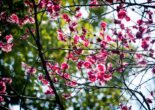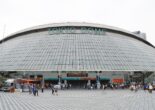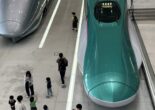Harajuku is not what it was. The iconic station has been demolished and Takeshita Dori is nothing but a tourist trap. But even if you do not like fashion, there are several reasons to visit Harajuku. Read more here.
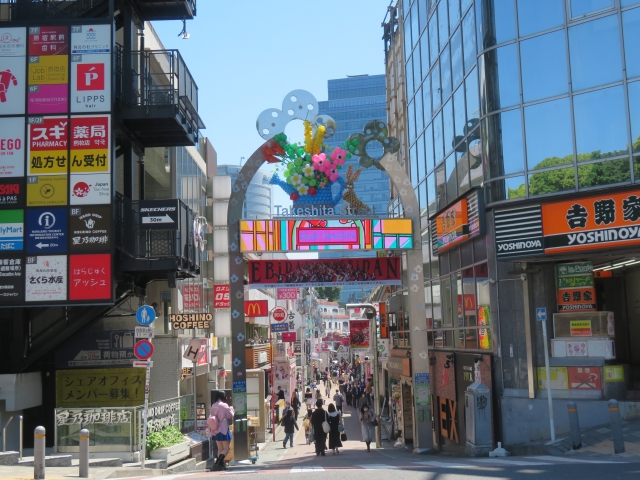
Harajuku: Tokyo’s Iconic Neighborhood
Tokyo is a world city, but there are parts of it that are as famous as the city itself. Say “Ginza” or “Akihabara,” and you are likely to invoke certain images even in the most remote parts of the world. But when it comes to fame among the parts of Tokyo, few places can compete with Harajuku.
The Rise of Harajuku
The time when Harajuku was young, hip, and the fashion capital of a new emerging world is long gone. When the world discovered Japan around the Tokyo Olympic Games in 1964, Harajuku was not only located next to several of the Olympic venues but also the Olympic village in Yoyogi Park. The area became famous for its street fashion and nightlife, bringing international visitors.
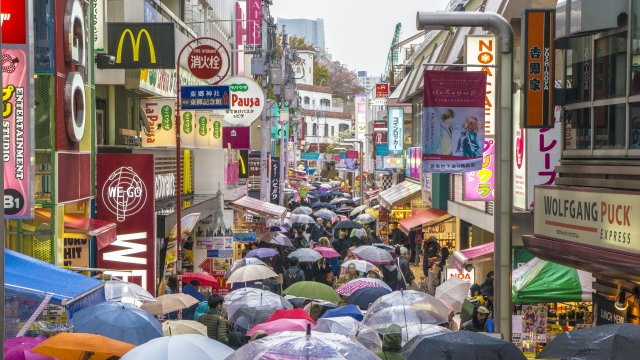
Takeshita Dori Today
Today, Takeshita Dori is dominated by sweets shops and international brands.
Keith Haring, the New York graffiti artist, was a frequent visitor in the 1980s when street fashion was at its height, and Japan was entering the “bubble economy,” when individual buildings in Tokyo could be valued at more than all real estate in Texas combined. Harajuku reinvented itself after Japan entered the permanent depression that followed the crash of the 1990s, but the gothic and Lolita (and gothic Lolita) fashion waves came from nearby Daikanyama, where the fashion creators had moved following rising rents as the Harajuku area quickly gentrified.

Luxury and Gentrification
Harajuku outside Takeshita Dori is dominated by upscale fashion brands, like Nike and Burberry concept shops. Harajuku is bordered by Omotesando Boulevard, and the shops gradually become more luxurious as they near and pass Omotesando Hills, a very upscale shopping center with brand goods stores and gourmet (and expensive) restaurants.
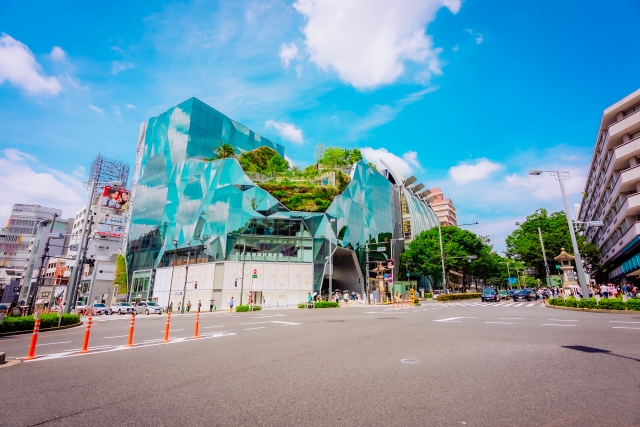
Tourism and Takeshita Dori
Takeshita Dori, on the other hand, is grubby and facing a different problem: overtourism.
While it once was the showcase of alternative Japanese street fashion, Takeshita Dori has succumbed to being a tourist trap. Even before Covid, it could breed artists like Kyary Pamyu Pamyu, who built her brand on showing off in Harajuku. Now, the fashion is gradually pushed out, replaced with mainstream brands (like IKEA), and the storefronts of Takeshita Dori are taken over by candy stores, bubble tea shops, and Korean fast-food vendors. If you like spun sugar in the shape (and twice the size) of an ordinary hat, or if you are a fan of potato chips spiraling along a meter-long stick, then you must go to Harajuku. Otherwise, you are better off not wrestling with hundreds of other tourists.
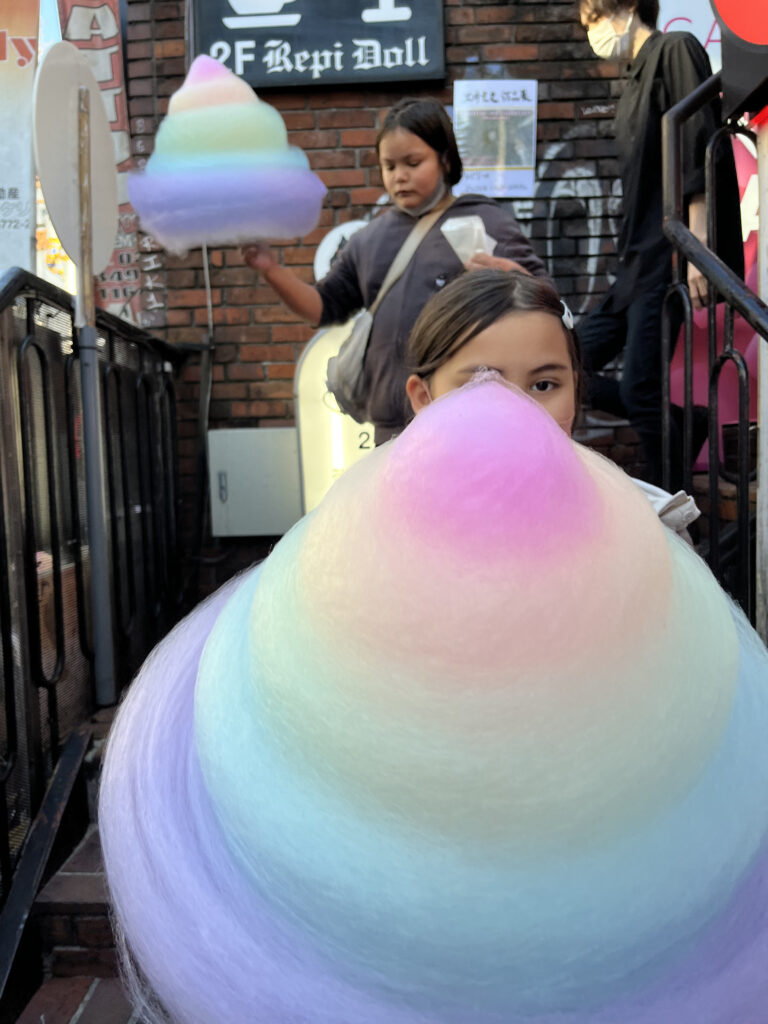
The Shrines of Harajuku
This does not mean there is no reason at all to go to Harajuku. This is the only place in the world where you will find a shrine dedicated to an admiral featured on a Finnish beer bottle.
When Shinto became the state religion after the Meiji Restoration, shrines were erected to especially important people after their deaths. Both Hachiman, the god of war, and Tenjin, the god of learning and scholarship, were historical persons who became deified.
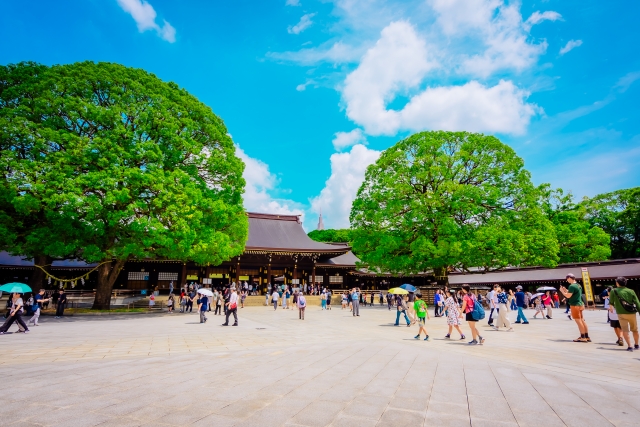
The Ota Memorial Museum Of Art
Harajuku is not only a fashion destination; it is also the home of the best ukiyo-e museum in the world: The Ota Memorial Museum of Art.
Japanese wood prints were sometimes published like books, like the 36 Views Of Mt Fuji by Hokusai, of which the museum has a complete copy. But most ukiyo-e were either advertising posters or rejects from the printing process. As such, they had no value and were used to wrap china and other export products sent to Europe.
They caused a sensation and made market prices go up so much that most ukiyo-e were exported. The Ota museum founder spent considerable time—and fortune—buying up prints so he could bring them back to Japan. Now, the museum rotates its more than 120,000 works through exhibitions, which not only explain the motives but also the lives of the artists and their time.
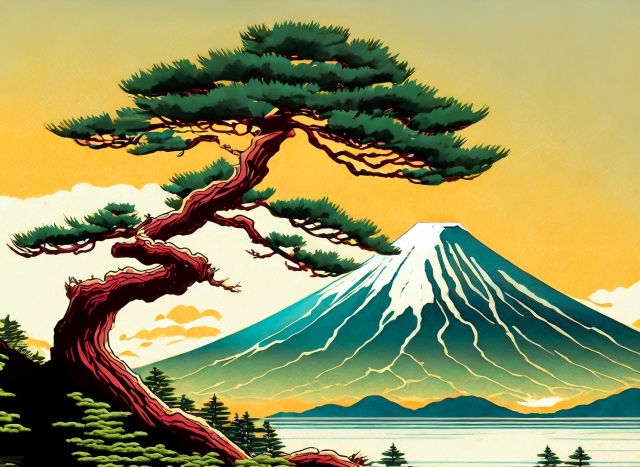
Stay tuned for more exciting content like this! Follow us on our social media platforms and check out our blog regularly to stay updated on the latest news, trends, and insider stories from Japan. Don’t miss out on future updates—sign up for our newsletter for exclusive content delivered straight to your inbox!
Related Articles
Warning: Undefined array key "sfsi_threadsIcon_order" in /home/veremosglobal/tokyoroomfinder.com/public_html/blog/wp-content/plugins/ultimate-social-media-icons/libs/controllers/sfsi_frontpopUp.php on line 165
Warning: Undefined array key "sfsi_blueskyIcon_order" in /home/veremosglobal/tokyoroomfinder.com/public_html/blog/wp-content/plugins/ultimate-social-media-icons/libs/controllers/sfsi_frontpopUp.php on line 170
Warning: Undefined array key "sfsi_bluesky_display" in /home/veremosglobal/tokyoroomfinder.com/public_html/blog/wp-content/plugins/ultimate-social-media-icons/libs/controllers/sfsi_frontpopUp.php on line 266

